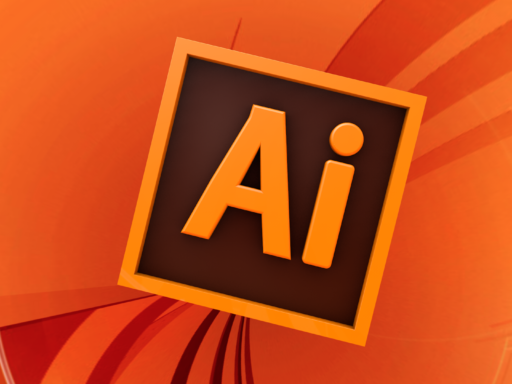Introduction:
Web design, once confined to static pages and basic functionalities, is undergoing a transformative evolution thanks to cutting-edge technologies. In an era defined by rapid technological advancements, web designers are embracing innovative tools and frameworks that not only redefine the visual aesthetics but also elevate the user experience to new heights. This blog explores the frontier of web design, unveiling the game-changing technologies that are steering the course of the digital landscape.
- Responsive Web Design (RWD): With the increasing variety of devices accessing the internet, responsive web design has become more crucial than ever. CSS frameworks like Bootstrap and Tailwind CSS enable designers to create websites that seamlessly adapt to different screen sizes, providing a consistent user experience across desktops, tablets, and smartphones.
- CSS grid and Flexbox : CSS Grid and Flexbox have emerged as design paradigms, enabling designers to create intricate and responsive layouts. With CSS Grid’s ability to handle complex structures and Flexbox’s streamlined alignment capabilities, designers have unprecedented control over the presentation of content, fostering creativity and innovation.
- Progressive Web Apps (PWAs): Blurring the lines between web and mobile applications, PWAs are revolutionizing how users interact with websites. These apps, equipped with features like offline functionality and push notifications, provide a seamless experience, akin to native applications, while being accessible directly from the browser.
- JavaScript Frameworks – React, Angular, and Vue.js: The triumvirate of JavaScript frameworks—React, Angular, and Vue.js—empower designers to create highly interactive and dynamic user interfaces. Single Page Applications (SPAs) built on these frameworks offer a fluid and efficient browsing experience, minimizing page reloads and enhancing overall responsiveness.
- Web Assembly (Wasm): Web Assembly is revolutionizing performance on the web by allowing developers to run high-performance code written in languages like C++ and Rust. This enables the creation of web applications with near-native speeds, expanding the possibilities for resource-intensive tasks directly within the browser.
- Motion UI and Micro interactions: Adding subtle animations and micro interactions can significantly enhance user engagement. Libraries like Green Sock Animation Platform (GSAP) and CSS animations allow designers to incorporate motion into their designs, creating a more immersive and visually appealing experience for users.
- Augmented Reality (AR) and Virtual Reality (VR): While still emerging in web design, AR and VR technologies are pushing the boundaries of user interaction. Implementing these technologies can provide users with immersive and interactive experiences. As browsers become more capable of supporting AR and VR, web designers can explore new possibilities for storytelling and engagement.
Conclusion:
Web design is a dynamic field where staying updated on the latest technologies is essential. Embracing these cutting-edge technologies not only enhances the aesthetic appeal of websites but also contributes to improved functionality and user experiences. As we move forward, the fusion of creativity and technology will continue to shape the future of web design, offering exciting opportunities for designers to innovate and push the boundaries of what is possible on the web.







